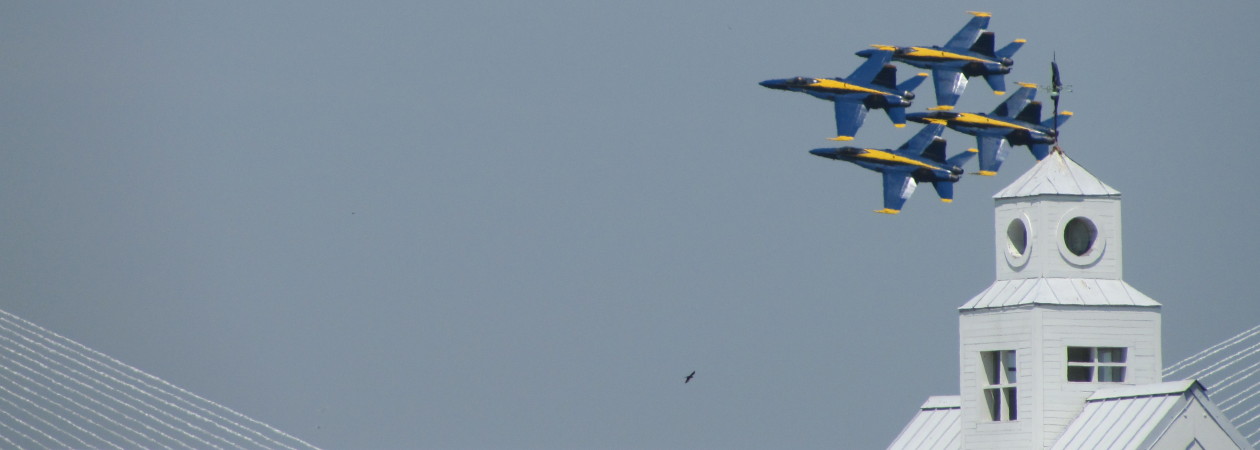The fire that consumed the Hotel Fakir made the front page of the Charleston Evening Post. For those whose days are lived in fear, the blaze confirmed that citizen vigilantes, preferably armed in accordance with the Second Amendment, should defend the city against infiltration from all points north of Calhoun Street. Tango was of course the pre-eminent raison d’etre of the Hotel Fakir, and tango’s consensual intimate collaboration between men and women who would otherwise be strangers no doubt fueled, together with the gas, the enthusiasm with which the Post reported the spectacular demise of the Hotel Fakir.
The die-hard or even episodic Hotel Fakir regulars mourned above all the enigmatic Ignatio Quiroga, who could easily have escaped the catastrophe, but instead sought to save some prints, the Aquitania among them, and a handful of photographs of tango intimates, family, Hotel Fakir habitués, and written testimonials that adorned the bar just behind his extravagant daily displays of tropical flowers. Ignatio Quiroga died aged 90, a soldier and tanguero whose checkered career included command of the 7th Infantry in the Falkland Islands campaign. As a boy in Buenos Aires, accompanying his mother to milongas where she worked as a dancer, he had learned the feminine role in Tango because older young men needed compliant partners to hone their skills as tangueros. This knowledge animated the masterful tangos that he performed occasionally in the Hotel Fakir, but more often found expression in laconic and perceptive remarks as he concocted his heady drinks behind the bar.
The next morning, firemen probing the smouldering ruin of the Hotel Fakir found Ignatio Quiroga’s remains behind the blistered black-lacquered door, with shattered fused globules of etched glass from the transom strewn all around. His right hand, which had somehow escaped incineration, grasped a framed sepia photograph of his mother, smiling, her hand raised in incipient embrace as she invited a long-departed partner to a tango. In the background, Osvaldo Pugliese was leading his orchestra in a performance of what could only have been “Manos Adoradas”.
